An interesting gemstone with a long history, lapis lazuli is a beautiful shade of blue. Not only has its vivid color contributed to the item’s worth for millennia, but so have its historical significance and the many uses it has had. This blog will explore the many varieties of lapis, where they originated, and the reasons for their everlasting worth.
A-Z Types of Lapis Lazuli
There are several types of Lapis Lazuli, each distinguished by slight differences in color, texture, and inclusions. Here’s a quick rundown of the most common types from A to Z:
| Type | Color | Origin |
| Afghan Lapis | Deep Blue, Gold Flecks | Afghanistan |
| Chilean Lapis | Lighter Blue, Calcite | Chile |
| Russian Lapis | Dark Blue, White Veins | Russia (Lake Baikal area) |
| Italian Lapis | Lighter Blue, Uniform | Italy |
| Persian Lapis | Royal Blue, Minimal Inclusions | Iran (Ancient Persia) |
Descriptions of Lapis Lazuli Types

Afghan Lapis:
The most sought after variety of Lapis Lazuli is worn is Afghan Lapis, recognized by it’s deep blue color and sparkling golden pyrite flecks. These gemstones have been treasured for millennia, and have their origins from the Sar-e-Sang mines in the Badakhshan district. One of these old mines, some of the oldest mines in the world, expose lapis, lapis which was a symbol of luxury and royalty. Afghan Lapis often has an intense coloration, and metallic inclusions meaning that it stands out amongst fine jewelry pieces and decorative artifacts.
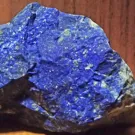
Chilean Lapis:
As with everything in the world of stone and gems, color is also a difference between the Chilean Lapis Lazuli from the Andes Mountains, and the Afghan Lapis stones. Frequently it contains inclusions of calcite and shows striking white veins. It isn’t as saturated as its Afghan cousin is, but the softer tone and unique patterns makes for great jewelry and ornamental materials.
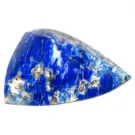
Russian Lapis:
Russian Lapis lazuli is mainly mined in Lake Baikal region, it has dark blue shades with spotting of white calcite veining with very little amount of pyrite. Although Russian Lapis is not so historically prominent, it does attract attention in the present day, and is used for fine carving and jewelry purposes.
Italian Lapis:
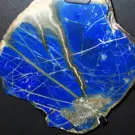
A lighter blue variety, Italian Lapis, has been used since Roman times and is still being used extensively in ancient mosaics and sculptures. Italy no longer has important lapis deposits but the region did contribute to the stone’s popularity through the importation of the sparkly blue material. The value of this lapis is its artistic legacy.
Persian Lapis:

Persian variety is smooth texturing, pure, rich blue color, and few inclusions. This lapis was highly prized in ancient Persia, often included as part of intricate jewelry, and ceremony and religious artifacts, and meant purity and sophistication.
Origins and Mines
Afghanistan’s Sar-e-Sang mines have been the most important source of Lapis Lazuli for the last 6,000 years, with mining occurring throughout this period. The finest lapis is produced by these high altitude marble quarries, which produce stone with vibrant blue color and golden pyrite inclusions.
Lapis sites include ancient and modern workings in Chile’s Andes Mountains, where softer blue stones of higher calcite content are found. Lapis has been found at Malobystrinskoye mines by Lake Baikal, and the deep blue kind of lapis is often used for carving by art. These global sources help to show the gemstone’s beauty in its wide variety and historical place.
Historical Significance and Uses
Prehistoric man cherished Lapis Lazuli for its beauty and its symbolism. It was used by the ancient Egyptians as part of amulets, scarabs and beads and worn to enhance its property of divinity and protection. Ground into powder, ultramarine formed, the bright blue pigment to which the Virgin Mary was illuminated in medieval and Renaissance art.
In use in ancient Greece, Rome and Mesopotamia as beads, inlays and seals, the stone’s cultural importance also remained. Lapis was referenced having magickal properties in the Epic of Gilgamesh granting wisdom, truth and protection. Lapis Lazuli’s enduring legacy has guaranteed that this gemstone is cherished throughout civilization and the ages.(Invaluable)(Gemstone Hub)(Polishing expert).
Why Lapis Lazuli is Valuable
Several factors determine the value of Lapis Lazuli:
- Color: Deep blue stones with minimal calcite and pyrite inclusions are the most valuable. Afghan Lapis is particularly sought after due to its rich color.
- Texture: Stones with a smooth, fine-grained texture are ideal for jewelry and carvings.
- Size: Larger stones are rarer and more valuable.
- History: Lapis with historical significance, such as pieces from ancient cultures, can fetch high prices at auctions.
Despite being softer than many gemstones, its unique beauty and ancient cultural significance continue to make Lapis a sought-after stone in modern times(Gemstone Hub)(Polishing expert).
FAQs
1. What is the most valuable type of Lapis Lazuli?
The most valuable type of Lapis Lazuli is Afghan Lapis, known for its deep royal blue color with minimal inclusions of pyrite and calcite.
2. Can Lapis Lazuli be used in jewelry?
Yes, Lapis Lazuli is commonly used in jewelry, particularly in cabochons, beads, and inlays due to its opaque nature and striking blue color.
3. How should I care for Lapis Lazuli?
Avoid exposure to water and chemicals. Clean with a soft cloth and keep it away from harsh environments to maintain its polish and color.
4. Why does Lapis Lazuli have white veins?
White veins in Lapis are caused by calcite inclusions, which can lower the stone’s value, although some people find the contrast beautiful.
5. Where does most Lapis Lazuli come from?
The majority of high-quality Lapis comes from the Badakhshan province in Afghanistan, but it is also found in Chile, Russia, and other regions(Invaluable)(Gemstone Hub).
Lapis Lazuli is more than just a gemstone; it’s a link to ancient civilizations, art, and spirituality, making it a timeless and valuable piece of Earth’s history.
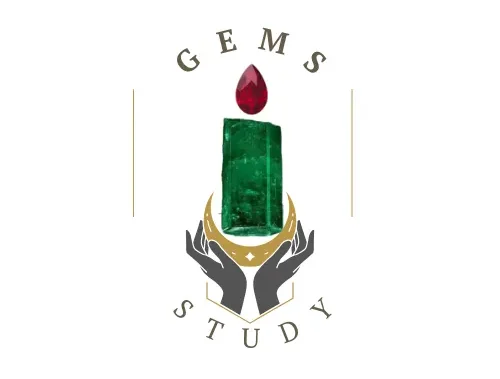
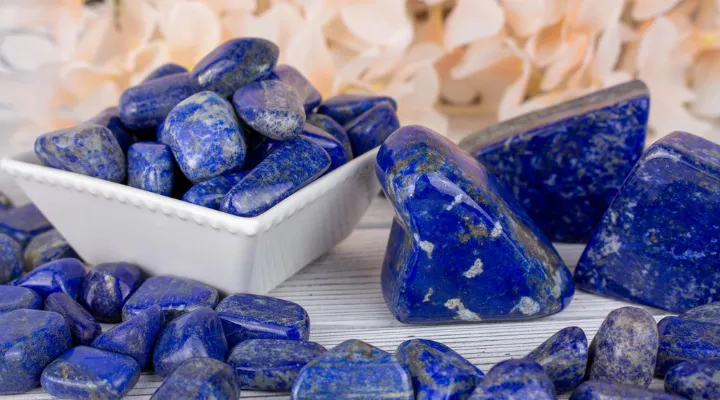
 Arabic
Arabic Chinese (Simplified)
Chinese (Simplified) Dutch
Dutch English
English French
French German
German Hindi
Hindi Italian
Italian Portuguese
Portuguese Russian
Russian Spanish
Spanish Urdu
Urdu